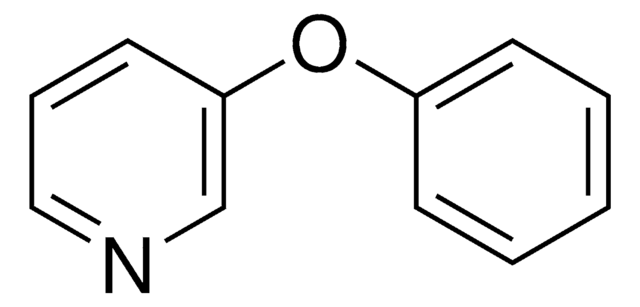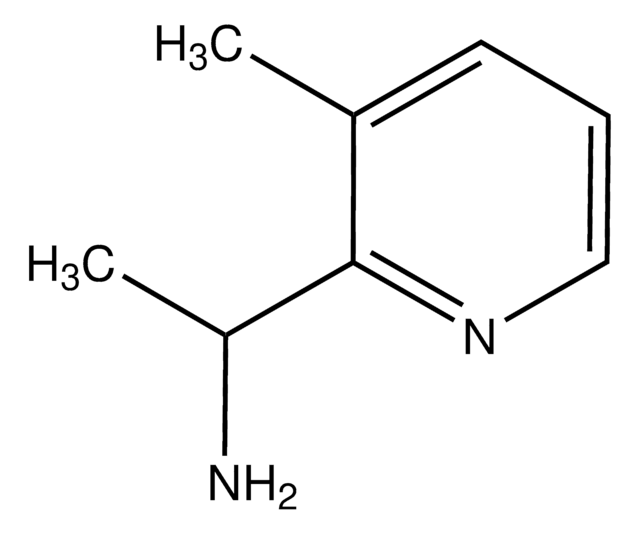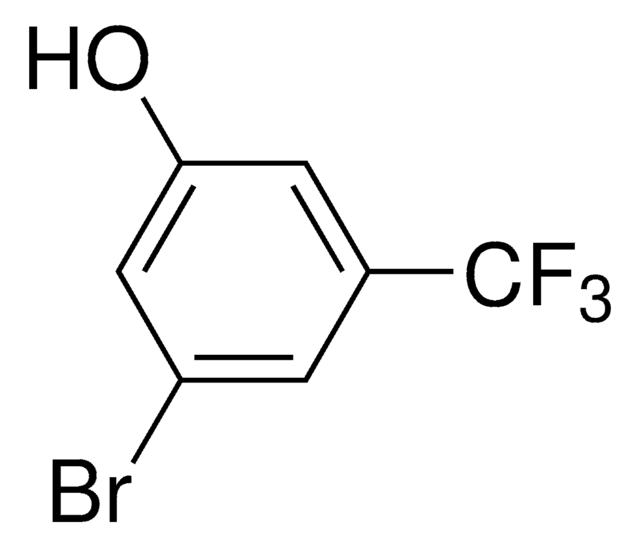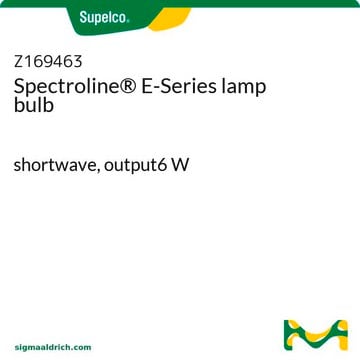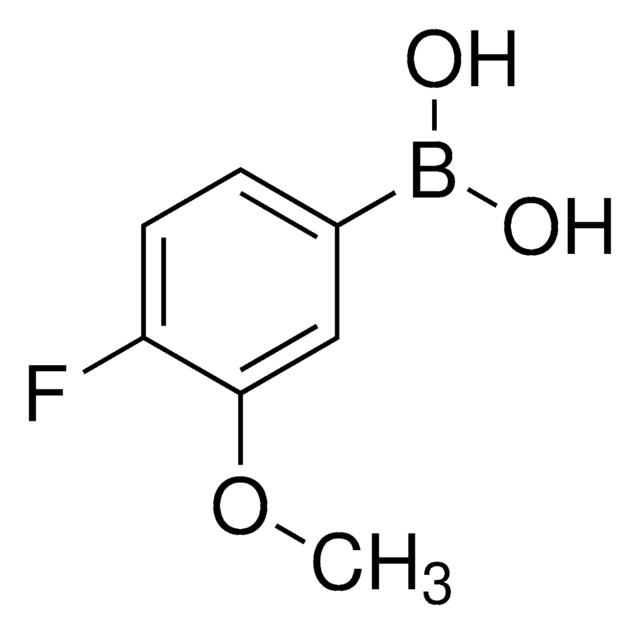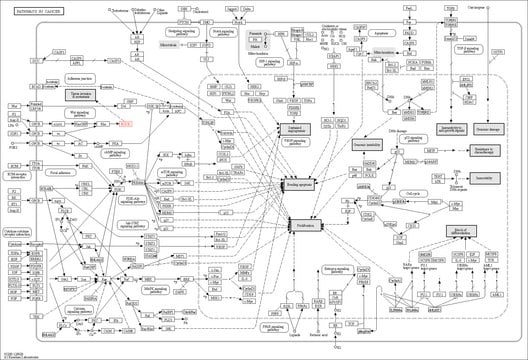14-451-M
ROKα/ROCK-II Protein, active, 10 µg
Active, N-terminal His6-tagged recombinant human ROCK-II residues 11-552, for use in Kinase Assays.
Synonym(s):
ROK, Renal carcinoma antigen NY-REN-35, Rho kinase, Rho-associated, coiled-coil-containing protein kinase 1, p160ROCK
Sign Into View Organizational & Contract Pricing
All Photos(1)
About This Item
UNSPSC Code:
12352202
eCl@ss:
32160405
NACRES:
NA.41
Recommended Products
biological source
human
Quality Level
recombinant
expressed in baculovirus infected Sf21 cells
form
liquid
shelf life
6 mo.
mol wt
Mw 63.3 kDa
manufacturer/tradename
Upstate®
technique(s)
activity assay: suitable (kinase)
solubility
soluble
NCBI accession no.
UniProt accession no.
storage temp.
−70°C
Gene Information
human ... ROCK1(6093)
General description
Research area: APOPTOSIS
N-terminal His6-tagged recombinant human ROCK-II residues 11-552
Product Source: expressed by baculovirus in Sf21 insect cells
Rho kinase (ROCK) is a type of serine/threonine kinase. There are two isoforms, ROCK1 and ROCK2. In humans ROCK1 and ROCK2 are composed of 33 exons and located on chromosome 18 (18q11.1). The ROCK protein structure is characterized by a catalytic kinase domain and Rho-binding domain (RBD) at N-terminal and pleckstrin-homology (PH) domain and an internal cysteine-rich (CR) domain at C-terminal.
N-terminal His6-tagged recombinant human ROCK-II residues 11-552
Product Source: expressed by baculovirus in Sf21 insect cells
Rho kinase (ROCK) is a type of serine/threonine kinase. There are two isoforms, ROCK1 and ROCK2. In humans ROCK1 and ROCK2 are composed of 33 exons and located on chromosome 18 (18q11.1). The ROCK protein structure is characterized by a catalytic kinase domain and Rho-binding domain (RBD) at N-terminal and pleckstrin-homology (PH) domain and an internal cysteine-rich (CR) domain at C-terminal.
Biochem/physiol Actions
Protein Target: ROKα/ROCK-II
Target Sub-Family: AGC
ROCK (Rho kinase) is activated by interacting with Rho GTPase enzyme. ROCK plays a crucial role in various essential cellular functions like adhesion, contraction, migration, and proliferation. Moreover, it regulates the cytoskeleton and actomyosin contractility during apoptosis. Overexpression of ROCK protein has been observed in various types of cancer such as osteosarcoma, hepatocellular carcinomas, colon and bladder cancers.
Target Sub-Family: AGC
ROCK (Rho kinase) is activated by interacting with Rho GTPase enzyme. ROCK plays a crucial role in various essential cellular functions like adhesion, contraction, migration, and proliferation. Moreover, it regulates the cytoskeleton and actomyosin contractility during apoptosis. Overexpression of ROCK protein has been observed in various types of cancer such as osteosarcoma, hepatocellular carcinomas, colon and bladder cancers.
Packaging
Also available in 250μg size (14-451M), please inquire for pricing and availability.
Quality
routinely evaluated by phosphorylation of the Long S6 Kinase substrate peptide
Physical form
Ni2+/NTA-agarose
Storage and Stability
6 months at -70°C
Other Notes
For Specific Activity data, refer to the Certificate of Analysis for individual lots of this enzyme.
Legal Information
UPSTATE is a registered trademark of Merck KGaA, Darmstadt, Germany
Disclaimer
Unless otherwise stated in our catalog or other company documentation accompanying the product(s), our products are intended for research use only and are not to be used for any other purpose, which includes but is not limited to, unauthorized commercial uses, in vitro diagnostic uses, ex vivo or in vivo therapeutic uses or any type of consumption or application to humans or animals.
Certificates of Analysis (COA)
Search for Certificates of Analysis (COA) by entering the products Lot/Batch Number. Lot and Batch Numbers can be found on a product’s label following the words ‘Lot’ or ‘Batch’.
Already Own This Product?
Find documentation for the products that you have recently purchased in the Document Library.
E Sahai et al.
Current biology : CB, 9(3), 136-145 (1999-02-18)
The Ras-related GTPase RhoA controls signalling processes required for cytoskeletal reorganisation, transcriptional regulation, and transformation. The ability of RhoA mutants to transform cells correlates not with transcription but with their ability to bind ROCK-I, an effector kinase involved in cytoskeletal
J Feng et al.
The Journal of biological chemistry, 274(6), 3744-3752 (1999-01-28)
Rho-associated kinase (Rho-kinase) from chicken gizzard smooth muscle was purified to apparent homogeneity (160 kDa on SDS-polyacrylamide gel electrophoresis) and identified as the ROKalpha isoform. Several substrates were phosphorylated. Rates with myosin phosphatase target subunit 1 (MYPT1), myosin, and the
Our team of scientists has experience in all areas of research including Life Science, Material Science, Chemical Synthesis, Chromatography, Analytical and many others.
Contact Technical Service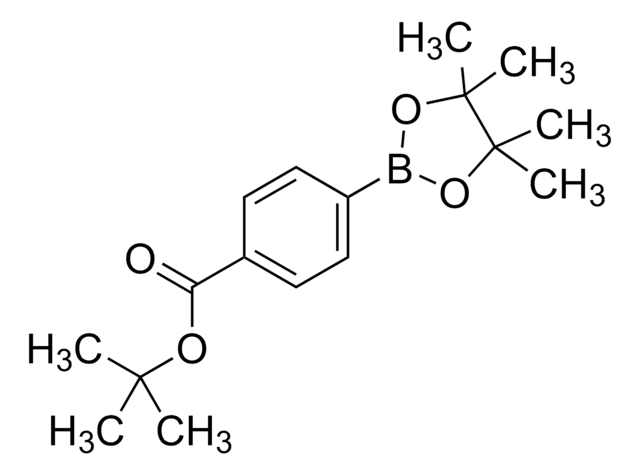

![1-[4-(4,4,5,5-Tetramethyl-1,3,2-dioxaborolan-2-yl)phenyl]ethanone AldrichCPR](/deepweb/assets/sigmaaldrich/product/structures/280/787/64aa2a50-1d44-4c16-ace9-c54ea40606e6/640/64aa2a50-1d44-4c16-ace9-c54ea40606e6.png)
